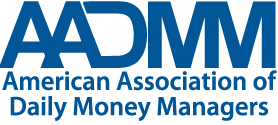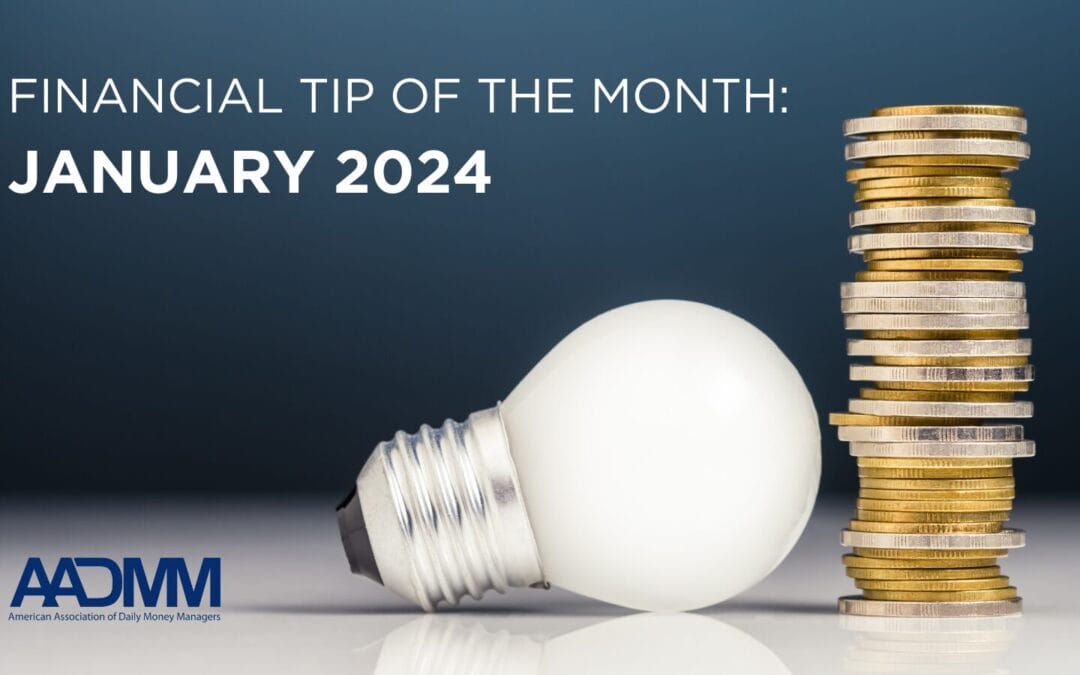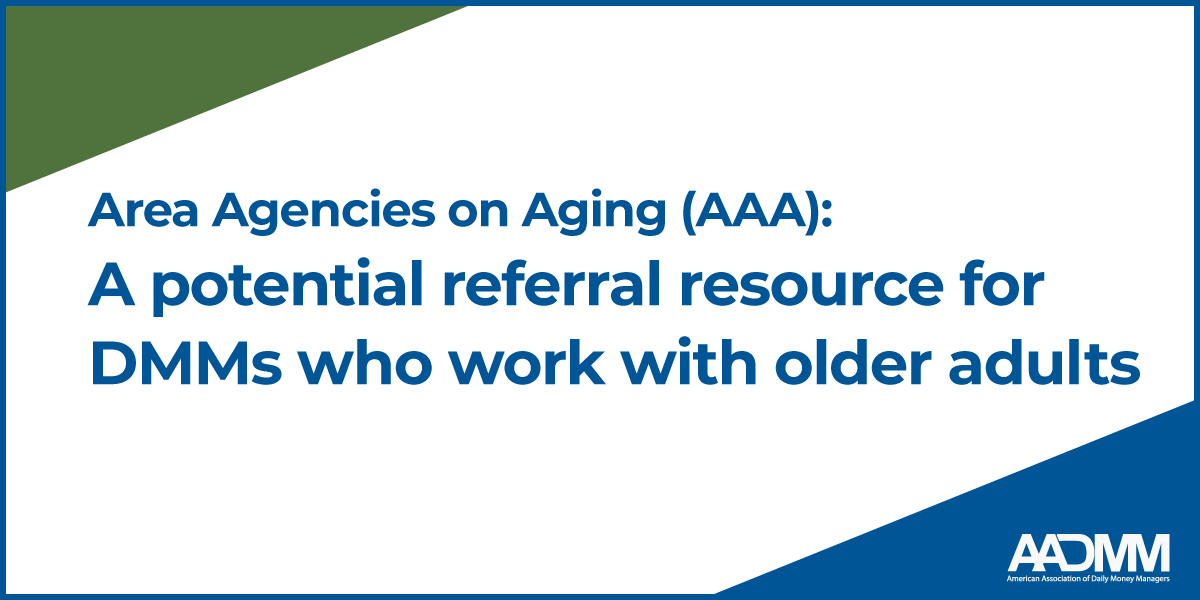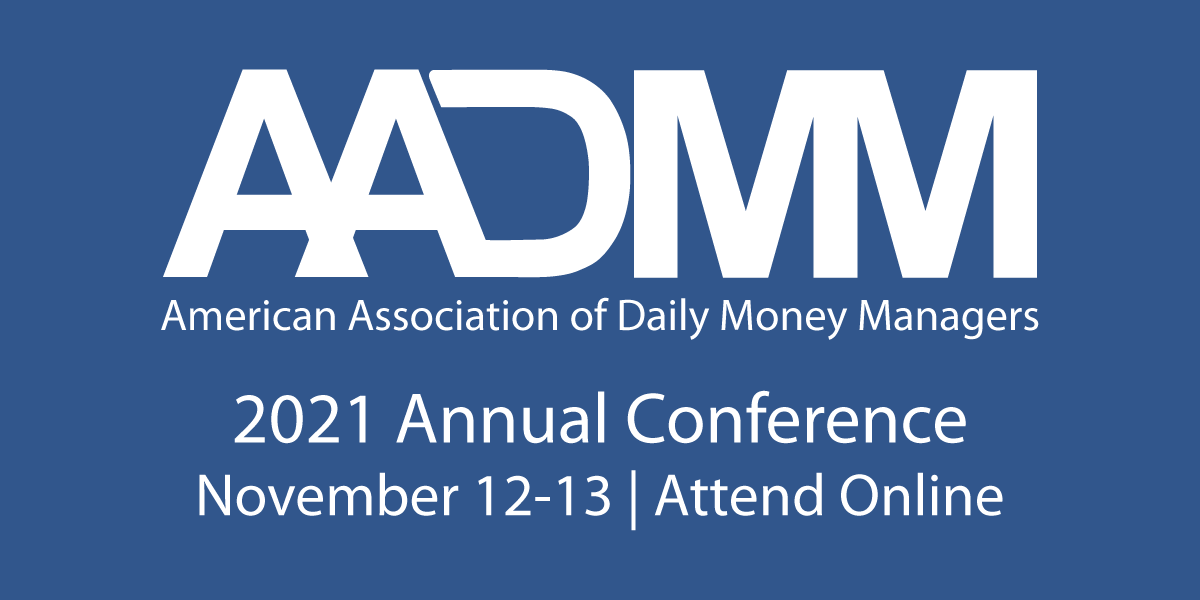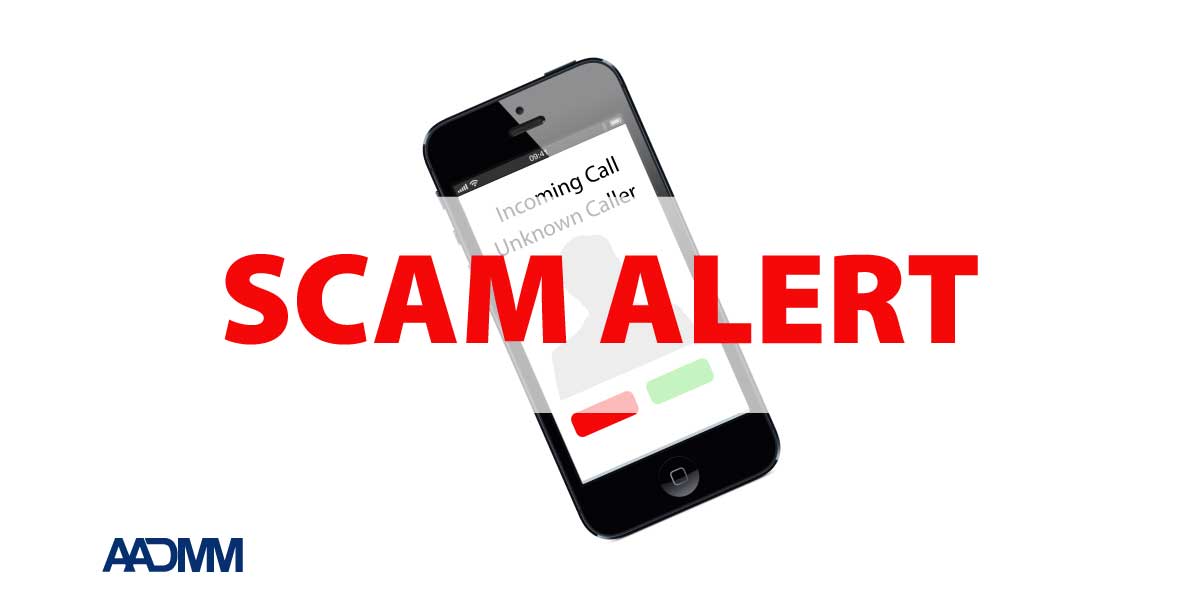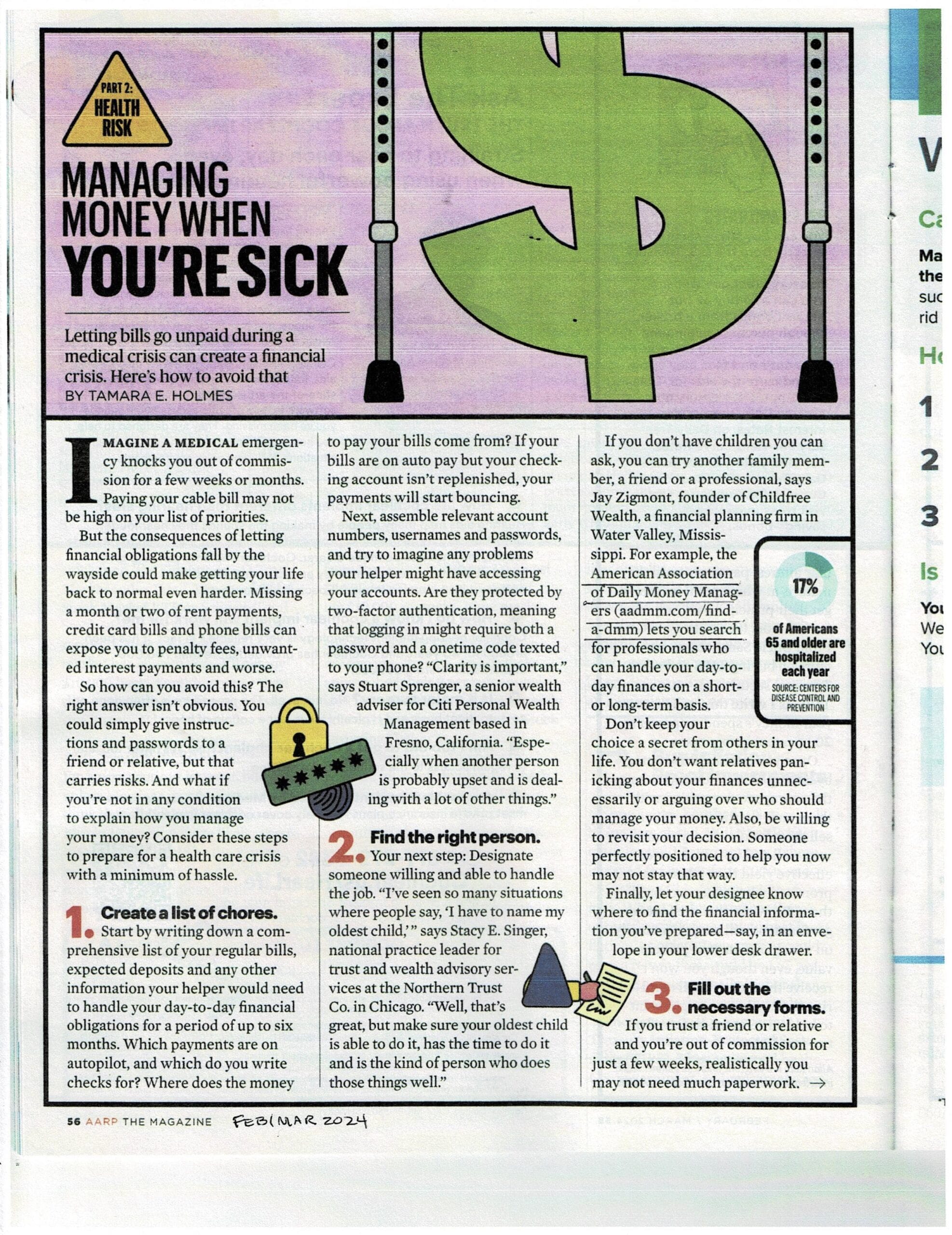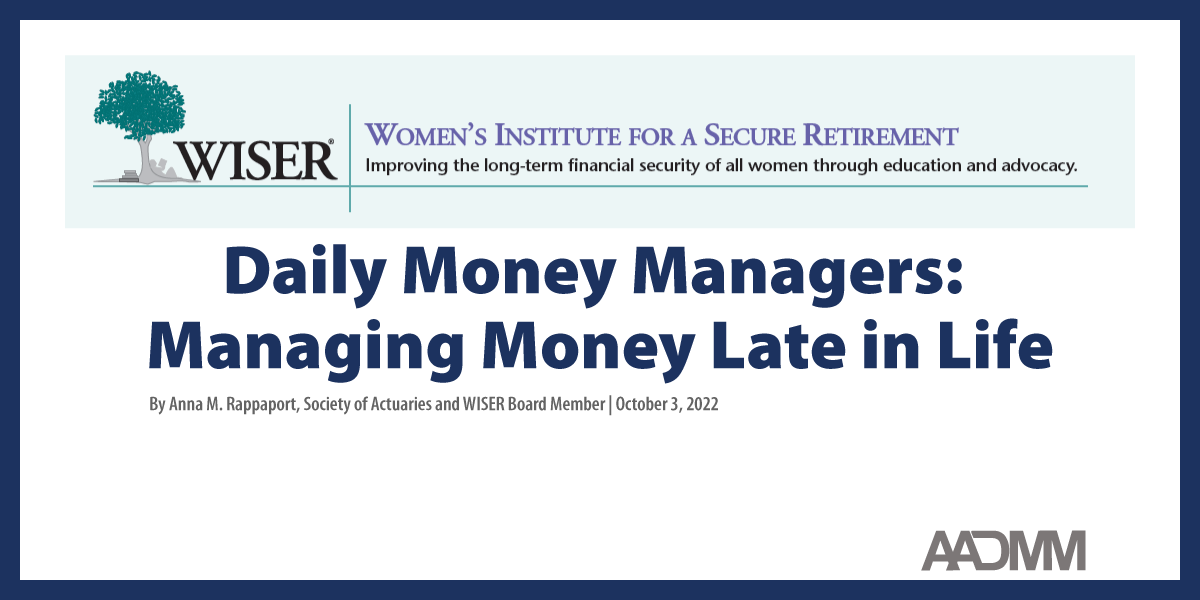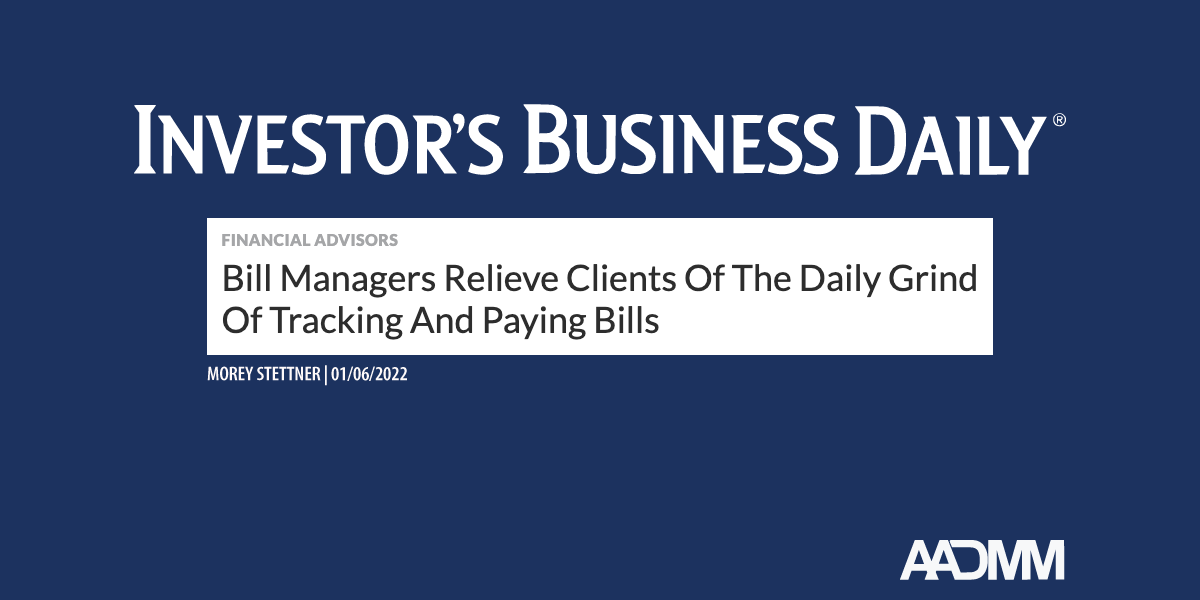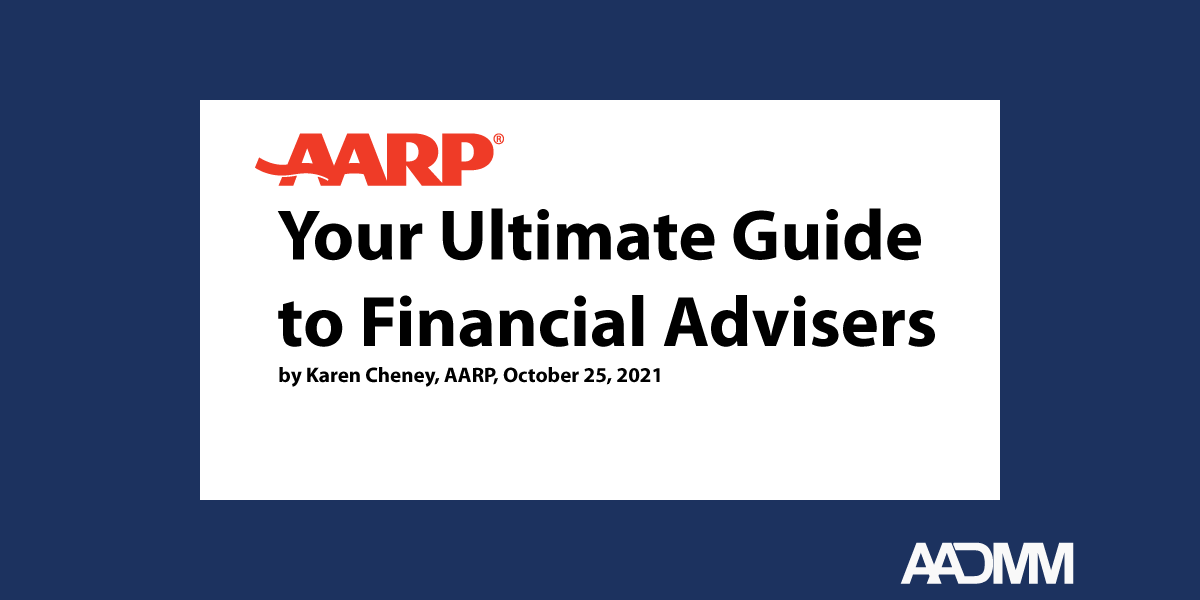Federal Tax Changes 2023 And 2024: What You Should Know
As we usher in the new year, it is time to review legislative changes that influence the documentation individuals must compile for their income tax returns. While no significant shifts in federal tax policy were passed in 2023, changes enacted in prior years will impact 2023 and 2024 tax returns. Notable changes include:
- Adjustments to credits for energy-efficient residential improvements and electric vehicles
- Reforms in retirement planning and distributions
- Revisions in information reporting on 1099-Ks
- The implementation of beneficial ownership reporting requirements
Energy Efficiency Credits for Residential Properties
In August of 2022, the Inflation Reduction Act dramatically changed the types of home improvements for which individuals may receive tax credits. In addition to a name change for the tax credit, the effective date for claiming these credits was extended from 2023 through 2034.
The non-refundable Residential Clean Energy Credit can be carried forward indefinitely and can be used for any residential home in the US (either existing or being constructed) which means that a taxpayer can claim this credit for their primary home or secondary / vacation homes. Not only owners, but also tenants who install qualified energy efficient equipment in their home may claim these credits.
The Energy-efficient Home Improvement Credit was also modified. Previously, there was a lifetime limit of $500 for this credit, which has been eliminated. While there are limits on the different categories of improvements as well as annual limits, this credit can also be applied toward home energy audits.
Therefore, if home improvements were made to make it more energy efficient, it is important to collect the associated documentation for preparation of the tax return.
Clean Energy Vehicle Credits
In addition to home credits, the Inflation Reduction Act also increased the number and types of vehicles that may qualify for an energy credit. Previously, the credit could only be claimed by the first 200,000 electric vehicles sold by a manufacturer.
The new legislation eliminates the manufacturer production limit on the number of cars, and instead places limits on the vehicle itself. These limits include how powerful the battery is, how it is charged, and where the parts and the vehicle itself were manufactured. The list of qualified vehicles is available at https://www.fueleconomy.gov.
New cars are not the only ones that can receive credits. New for tax years beginning after Dec 31, 2022, is a non-refundable credit for the purchase of a previously owned Clean Energy Vehicle. The car must be at least two model-years earlier than the calendar year, and there are limits on the sales price.
IRAs, Inherited IRAs, RMDs and RMD Penalties
The Setting Every Community Up for Retirement Enhancement Act (SECURE Act 2.0), which was passed in December of 2022, was a follow-up bill to the original SECURE Act which was enacted Jan 1, 2020. Both Acts made significant changes to Retirement plans such as IRAs, 401ks, etc. These types of accounts were designed to help people plan for retirement, and most are tax deferred (meaning taxes are paid at some later date), not tax exempt. So, many of the new regulations change when withdrawals need to be made (and therefore taxes are paid).
The original SECURE Act changed the Required Beginning Date (RBD) to take Required Minimum Distributions (RMDs) to age 72 for those born after July 1, 1949. The SECURE Act 2.0 gradually increases the age for starting RMDs to age 75.
Prior to 2020, beneficiaries of retirement accounts generally had to take required minimum distributions over their lifetime, although there were some situations when it had to be distributed within 5 years after the year in which the original owner died.
The SECURE Act of 2019 created two types of designated beneficiaries of inherited IRAs. One type had the ability to take RMDs over the beneficiary’s lifetime but were limited to certain individuals. Most beneficiaries fell into the second type and were now required to have the IRA distributed over a ten-year period. These requirements applied to both IRAs and Roth IRAs. Taxpayers who have an inherited IRA or Roth IRA should consult a tax professional to determine how distributions from the account should be made to avoid penalties.
RMD Penalty Changes
Prior to SECURE Act 2.0, the penalty/excise tax for not having taken a required minimum distribution was 50% of the amount that was supposed to have been withdrawn. That meant that if the RMD was $50,000, there was a $25,000 penalty just for not taking the withdrawal. The only way to avoid the excise tax was to take corrective action, and file a request for penalty abatement. The 2022 legislation lowered the penalty/excise tax to 25% of the RMD amount not withdrawn, which is further reduced to 10% if the oversight is corrected in a timely manner.
Since IRAs are intended to be used for retirement, there is generally a 10% additional tax if an individual withdraws money from their traditional IRA before they reach the age of 59½. However, there are certain exceptions to this 10% tax for people using the funds for specific purposes.
The SECURE Act 2.0 added several new exceptions. Each exception may have a different effective date, varying details, and be applicable only to specific types of tax-deferred retirement accounts.
Note that RMDs are not required for Roth IRA accounts during the original owner’s lifetime. Until 2024, RMDs were required to be taken from Roth 401k accounts, even though the distributions are not taxable. The SECURE Act 2.0 modified the RMD requirements for Roth 401k accounts to be consistent with Roth IRA accounts.
Contributing Funds For Retirement
The SECURE Act 2.0 changed not only the rules regarding withdrawals and penalties, but also contributions and the establishment of retirement accounts.
Many of the new contribution provisions apply only to employer sponsored plans, but may apply to Simplified Employee Plans (SEPs) for self-employed individuals or other small business owners. The legislation includes improved coverage for part-time employees and spouses of active military as well as incentives and credits for small businesses to establish retirement plans.
Employers may now make “matching” contributions to a 401k plan for employees who are making student loan payments. There are also new provisions enabling employers to make Roth contributions to employee retirement plans (not only traditional pre-tax contributions), including to SEP and SIMPLE accounts. Employers can also create emergency savings plans tied to defined retirement contribution plans. This last provision allows employers to encourage their non-highly compensated employees to save for retirement and set aside funds for emergencies.
Congress also is allowing 529 accounts to be dual purpose – saving for college and for retirement. Beginning in 2024, taxpayers can rollover 529 funds into a Roth IRA, provided certain conditions are met. This new dual purpose encourages families to continue contributing to 529 accounts even if they are uncertain whether the beneficiary will be attending college or will have all of their educational expenses covered by scholarships and grants.
1099-Ks
Statistics show that taxpayers are more likely to report their income when they receive tax information reporting documents such as 1099s, 1098s or W2s. 1099-Ks are required to be issued by third party payment processors, such as credit card processing companies as well as payment apps (Paypal, Venmo, CashApp, etc) and online marketplaces (Etsy, Poshmark, etc). Previously, a 1099-K was only required to be issued to someone who had income of $20,000 and 200 transactions if goods were sold or services were provided.
The American Rescue Plan of 2021 lowered the reporting threshold for 1099-Ks from $20,000 to just $600, with no minimum number of transactions. The new, lower, reporting requirements were originally scheduled to be implemented for 2022, but the industry pushed back due to the extra work required to meet the lower threshold. The IRS initially gave the industry another year, to 2023 to implement. However, as of Dec 31, 2023, the IRS announced that for 2023, the reporting requirements will remain at $20,000 and 200 transactions, and that 2024 will be a transition year with a threshold of $5000 with no transaction minimum.
The receipt of a 1099-K, however, does not change the taxability of the income. The sale of an extra pair of concert tickets may not be taxable, but may result in the issuance of a 1099-K.
Since the IRS computer systems are becoming more efficient at flagging taxpayers with income documents that are not reported on the tax return, it is important that taxpayers go online to identify whether a 1099-K (or other information reporting document) was issued, and provide that information to their tax preparer.
Corporate Transparency Act
While not tax legislation, the Corporate Transparency Act will likely impact a large number of taxpayers – including self-employed individuals and rental property owners.
On January 1, 2021, the Corporate Transparency Act (CTA) was signed as part of the Anti-Money Laundering Act of 2020. This legislation is a follow-up to the Bank Secrecy Act of 1974 which required banks and other financial institutions to identify and verify beneficial owners.
The purpose of the CTA is to help law enforcement detect, prevent, and punish terrorism, money laundering and other misconduct by requiring business entities to report their beneficial owners directly to the federal government. It is also meant to bring the U.S. into compliance with international anti-money laundering standards.
Starting January 1, 2024, companies required to provide beneficial ownership information may register directly with the Financial Crimes Enforcement Network (FinCEN), which is a division of the U.S Treasury. They must submit a Beneficial Ownership Information (BOI) report which includes the full legal name, current residential address, date of birth, and a unique government identification number for each beneficial owner of the company.
Most small businesses formed at the state level, including LLCs and S-Corporations, must file a BOI report. Exempt from filing are what are called large operating entities. There are also exemptions for a number of types of businesses such as banks and non-profits. Therefore, most individuals or partnerships that created an LLC for their self-employment income or rental property will need to file. The FinCEN website has tools to assist in determining who needs to file and how to do so.
Looking Forward: Possible Changes Retroactively Affecting 2023
While no significant tax legislation was passed in 2023, the federal budget for the 2023-2024 fiscal year still has not been approved. Congress often includes tax policy changes in the various appropriations bills, and sometimes includes retroactive provisions.
Some of the proposals which may be retroactive include expensing research and development costs, higher bonus depreciation, increasing the state and local tax cap for itemized deductions, and an expanded child tax credit.
None of these will likely alter what documents taxpayers need to provide to their preparer, but may significantly impact the tax return. So, don’t be surprised if this tax season tax professionals are encouraging their clients to delay filing in order to take advantage of the latest changes.
(Click here to read an expanded version of this article with additional detail)
= = = = = = =
Katherine (Katie) Gudgel, E.A., PhD, specializes in helping seniors and trusts with tax preparation through her firm, Gudgel Professional Services. As an Enrolled Agent (EA), Katie is a federally-authorized tax practitioner who has technical expertise in the field of taxation and who is empowered by the U.S. Department of the Treasury to represent taxpayers before all administrative of the Internal Revenue Service. Early on, Katie found that many taxpayers have difficulties collecting all of the documents needed in order to prepare their tax returns. In 2015, after a colleague introduced her to AADMM, she expanded her services to include Daily Money Management. Prior to joining the AADMM national board in 2024, Katie was active in the Arizona regional group, and on the Governance, Nominating, and Alliance Builder Committees.
